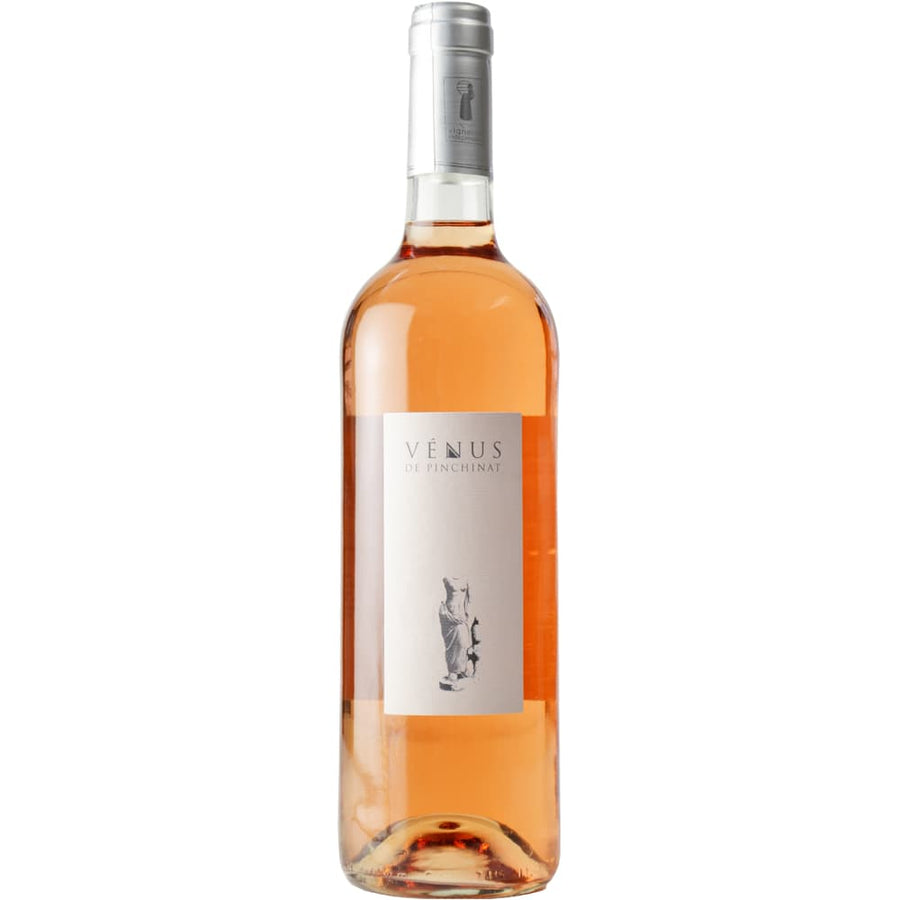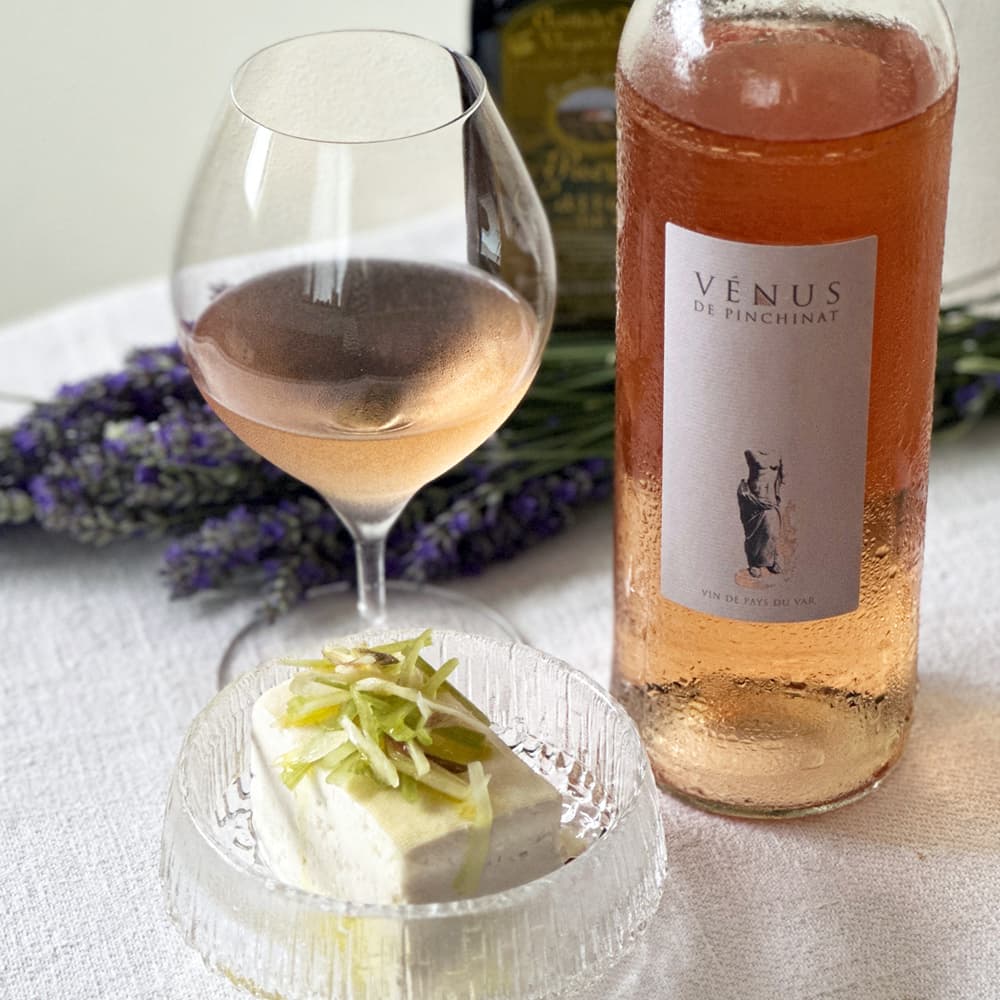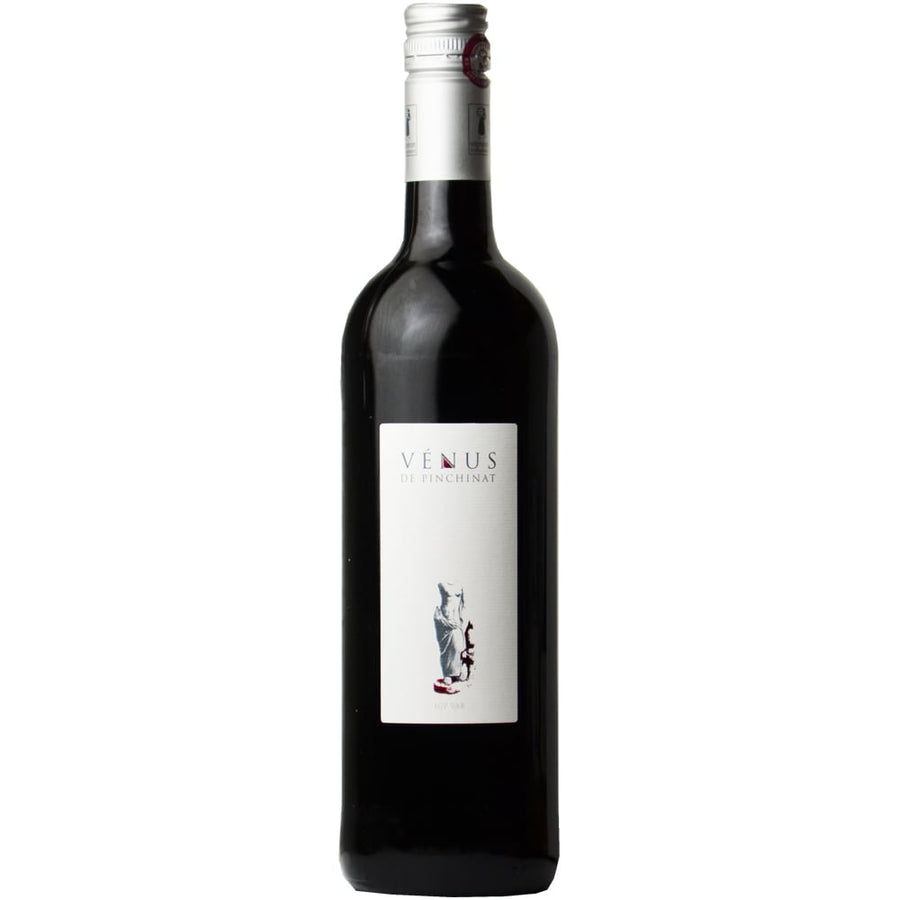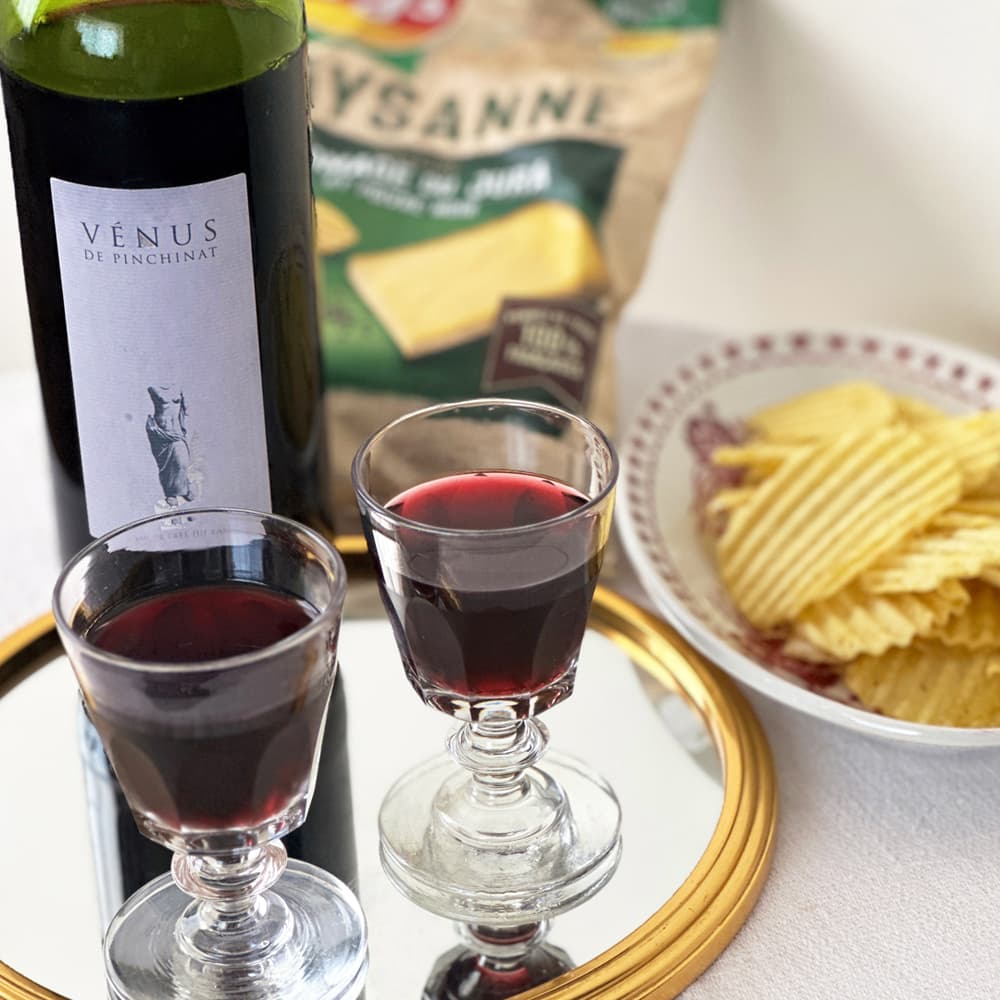Grenache (Garnacha)
6 products
6 products
Grenache (Noir; other white grape varieties include Grenache Blanc and Grenache Gris) is one of the representative varieties of the Languedoc-Roussillon, Southern Rhone, and Provence regions in France, and is called Garnacha in Spain, where it is also widely cultivated.
Grenache (Garnacha in Spanish) is said to have originated in Aragon, Spain. In Rioja, Spain's major wine producing region, Also known as tinta aragonesa (red of Aragon) , Grenache was cultivated in France as early as the Middle Ages, and one theory is that it spread to France and Italy when pilgrims on the pilgrimage to Santiago de Compostela in the Galicia region of Spain brought it back with them.
It is cultivated in most wine-producing regions in northern Spain, and in France, where it is cultivated on an area of over 100,000 hectares. In Italy, it is cultivated extensively on the island of Sardinia. It is also cultivated all over the world, including Mediterranean countries such as Greece, Israel, Algeria, and Morocco, as well as the United States, Argentina, Chile, South Africa, and Australia.
This variety is extremely resistant to dryness, but is vulnerable to mildew, so care must be taken with humidity. The clusters are medium to large, and the fruit is tightly packed and rounded. This variety has a very strong vine and produces a lot of fruit, but the grapes' qualities are best displayed by reducing the yield.
They prefer soil with a lot of gravel or stones, which is poor and has low acidity. Depending on the quality of the soil and the quality of the wine they are aiming for, they can be 20hl/ha to 100hl/ha. A distinctive feature of this variety is that there are great differences in how it is grown, down to the hl/ha.
It is also suitable for aging, but it is very sensitive to oxidation, so great care must be taken when aging in wooden barrels. In Rioja, Spain, it is often blended with Tempranillo, and in France, it is often blended with Mourvedre, Syrah, and Carignan.
When the yield is limited, the wine has a high sugar content, which results in a high alcohol content, a strong structure, and low acidity. The tannins are not that strong. The aromas are of black fruits (cassis and mule), stewed prunes and cherries, with accents of licorice and cocoa.
On the other hand, wines that are blended with other varieties from the Southern Rhone, Languedoc, and Provence regions and made to be easy to drink on an everyday basis have fruity flavors of red fruits (strawberries, raspberries, blueberries, etc.), aromas of herbs such as thyme and rosemary (known as garrigue), and hints of cocoa.
The firmer types go perfectly with game and meat dishes with sauces. Both go well with grilled red meat (beef, lamb) and daube that has been marinated in herbs and wine beforehand and then stewed. The hints of cacao also make it a great match with chocolate, and the slightly richer types of Grenache are a great match with chocolate itself, chocolate desserts, or mocha (coffee-flavored) desserts.
Pre-order item
Soft armchair
$420.00
Select variant
Select purchase option












